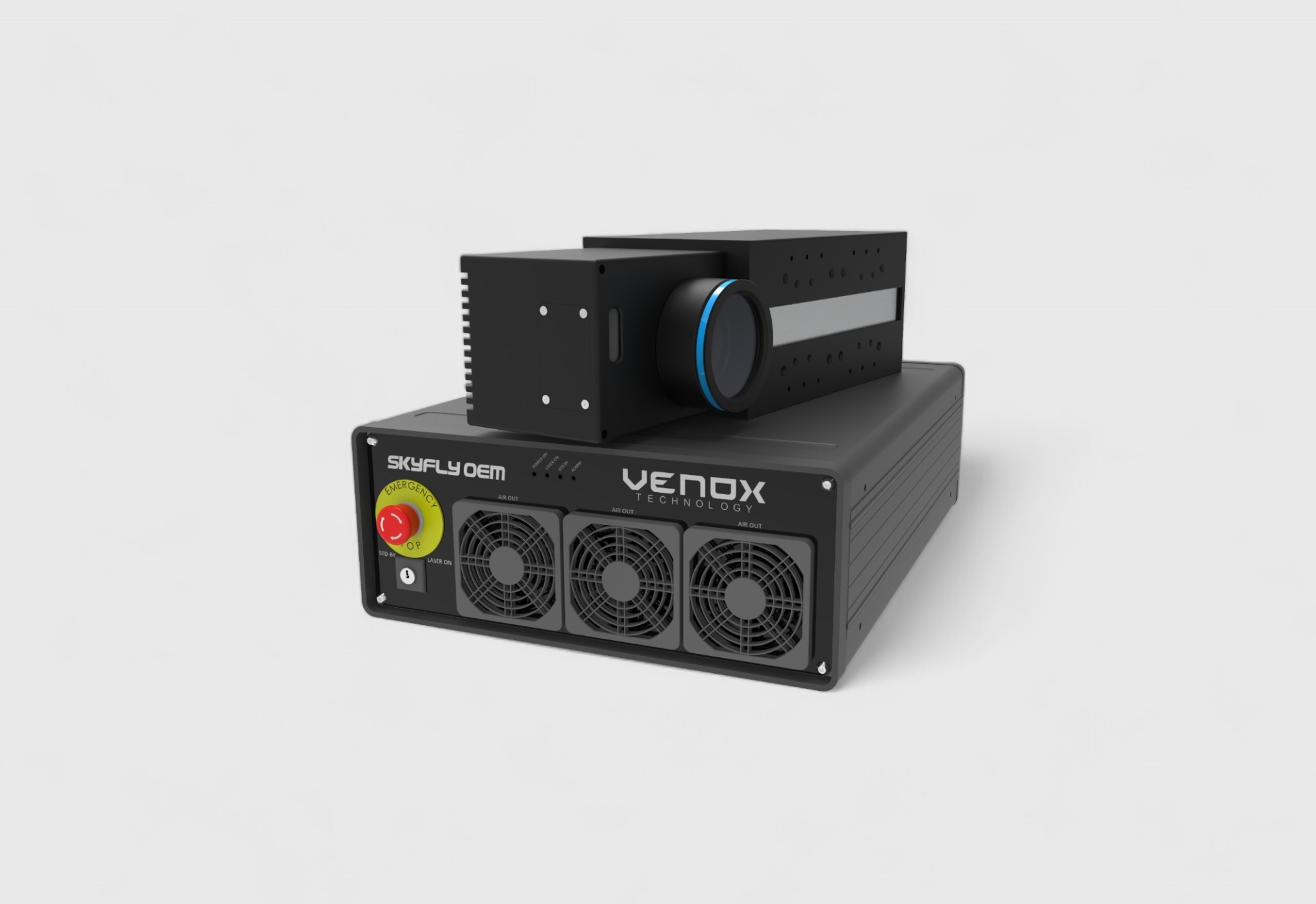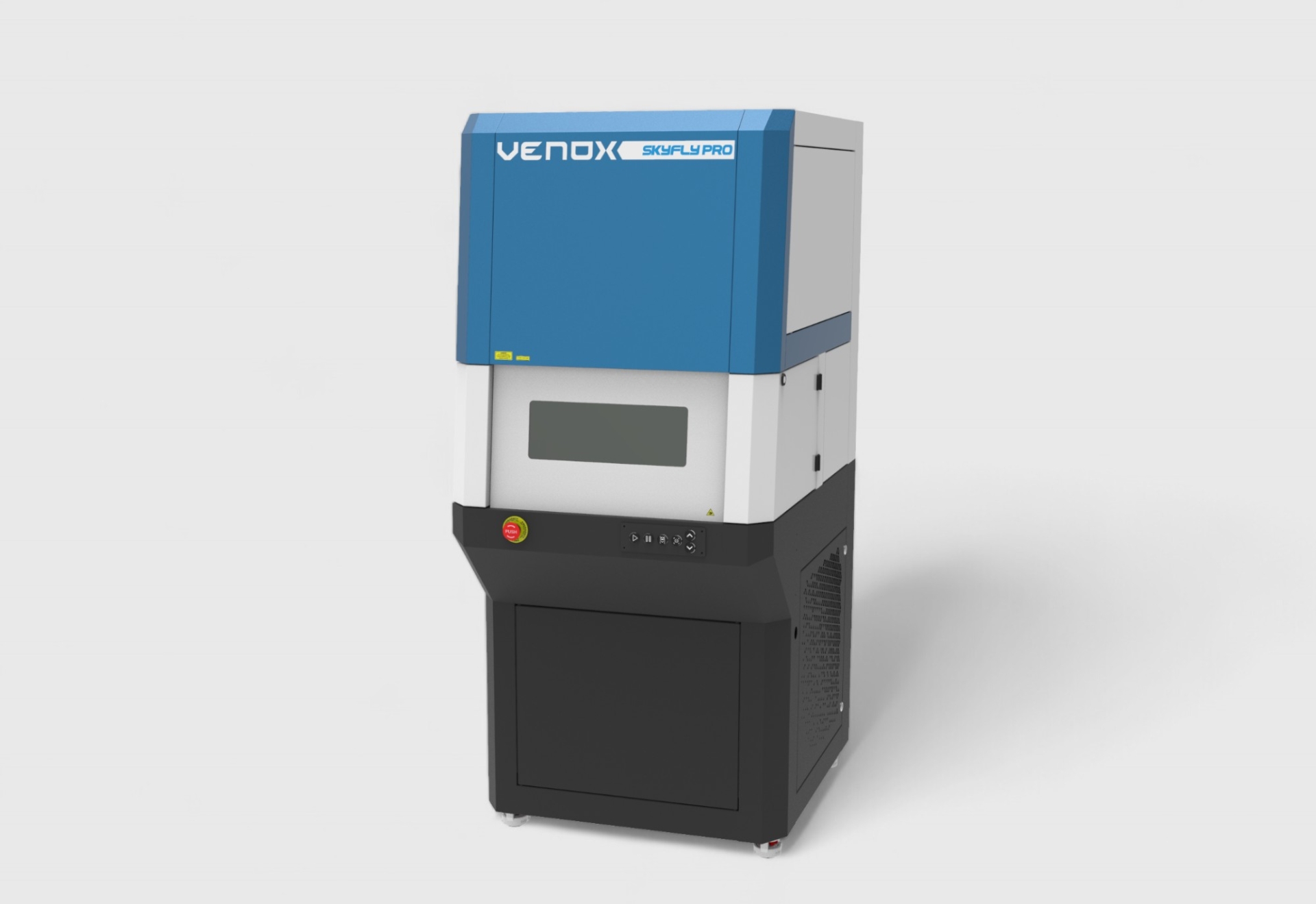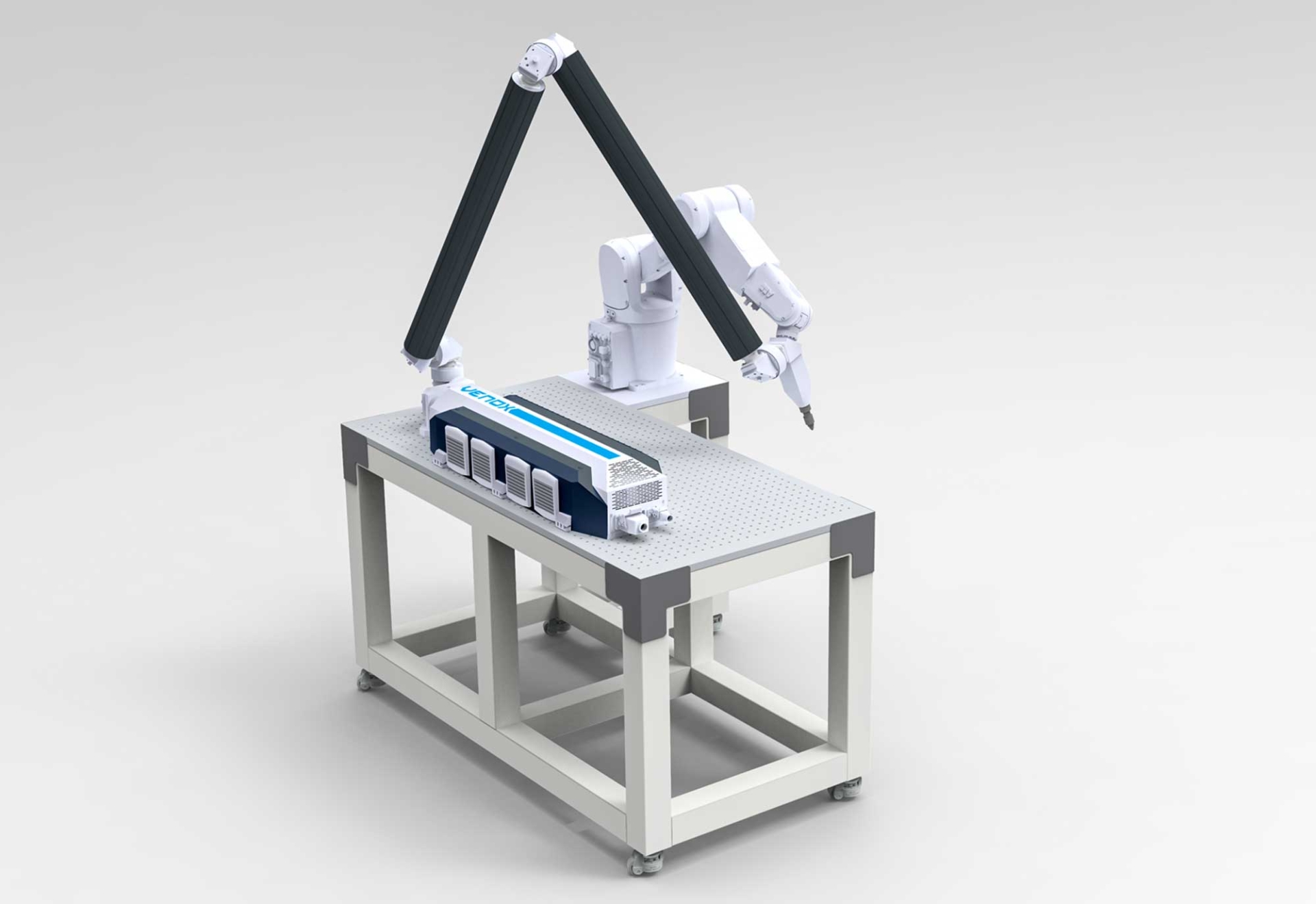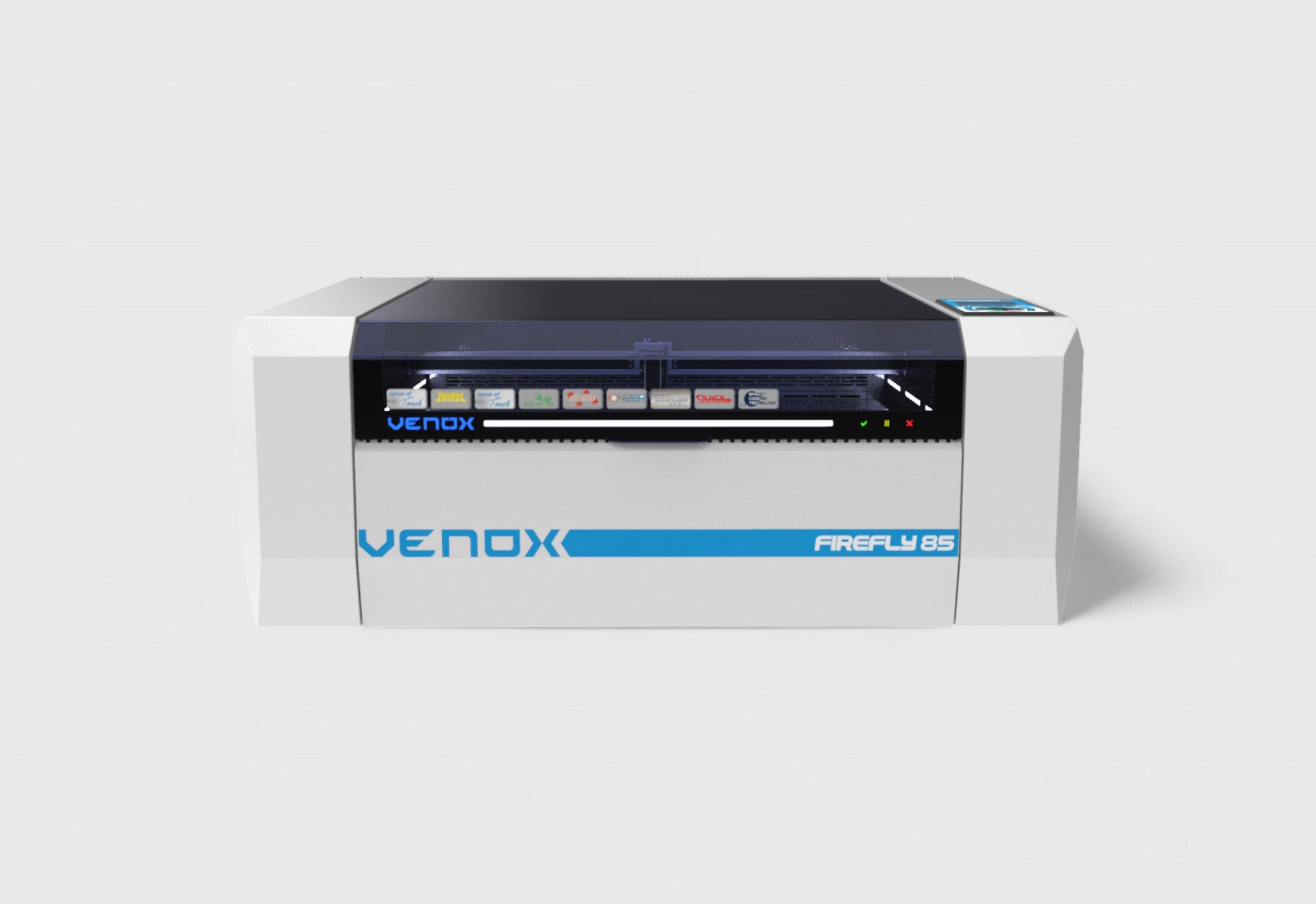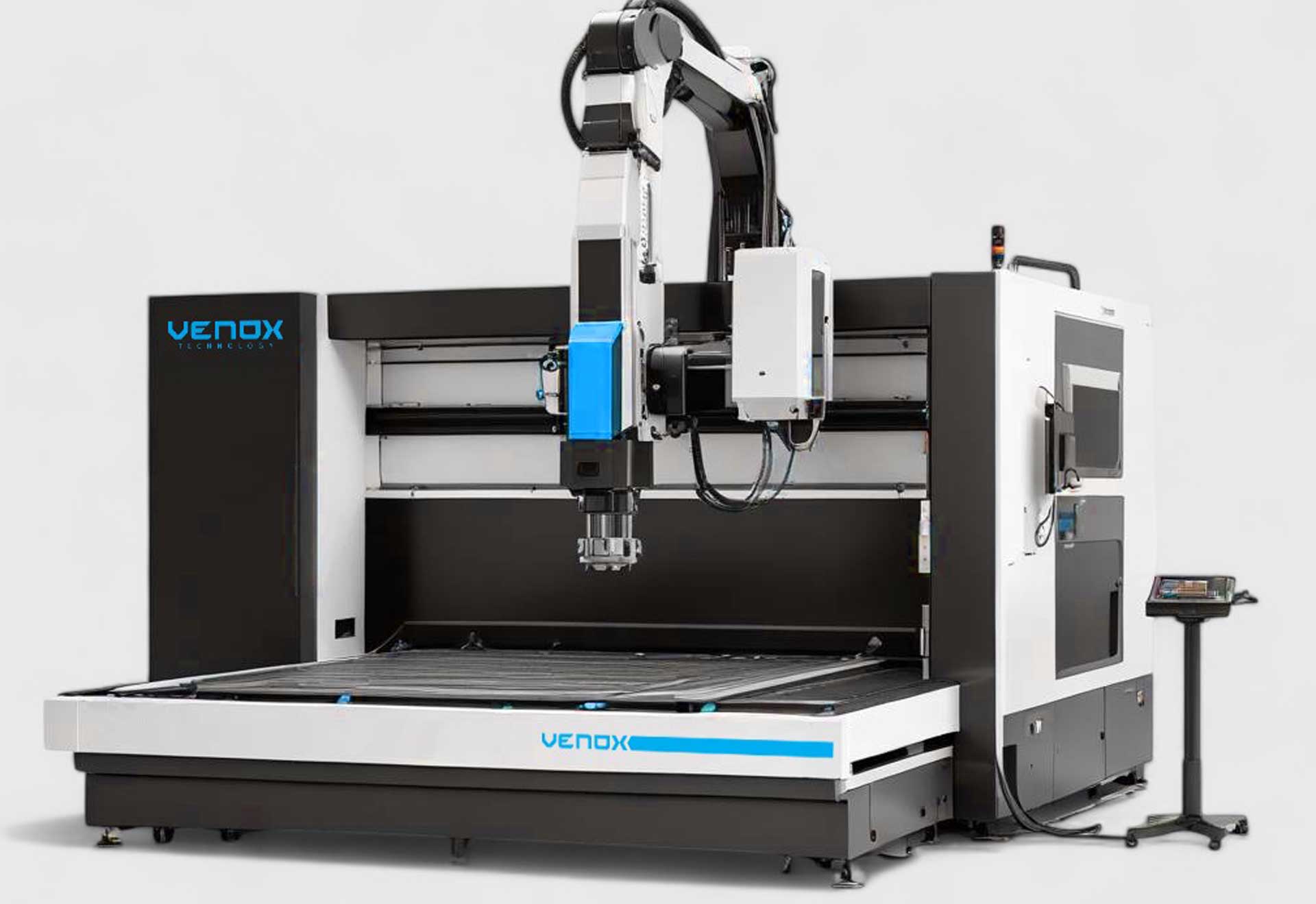Laser Marking Methods for Traceability of Metal Parts in Mass Production
The Key to Traceability in Industry: Laser Marking
In today’s competitive industrial environment, mass production companies place great importance on product tracking, quality control, and compliance with regulations. Especially in the case of metal part production, ensuring traceability throughout the entire production process offers significant advantages for both manufacturers and end users. The most effective solution to this need is provided by laser marking machines.
Laser systems that provide permanent, legible, and high-contrast markings can be integrated into production lines to achieve maximum accuracy with minimal human intervention. Especially for processing data such as serial numbers, part codes, dates, barcodes, and DataMatrix codes, laser technology is unmatched in terms of reliability and speed.
The Advantage of Laser Marking Systems
While traditional marking methods (such as inkjet, engraving, and stamping) lead to problems like fading, loss of legibility, and high maintenance costs over time, laser marking systems overcome these challenges. Operating without contact, laser systems are suitable for both delicate surfaces and harsh industrial environments. Markings made through deep engraving or color change without leaving physical traces on the metal surface are resistant to abrasion and chemicals.
Why Is Traceability So Important?
Traceability means keeping a record of every step of a product from production to the end user. These records make it easier to identify problematic products in recall situations, ensure transparency in quality processes, and enhance the manufacturer’s brand credibility. Additionally, in sectors such as automotive, defense, aerospace, white goods, and medical, marking systems have become critical due to legal requirements.
Types of Data That Can Be Marked by Laser
- Serial Number: Creates a unique identity for each product.
- Lot Number: Identifies products within the same production batch.
- Production Date: Enables retrospective analysis and control.
- Barcode / QR Code: Facilitates automatic reading and system integration.
- Logo and Brand Information: Provides protection against counterfeiting and ensures authenticity.
Laser Marking Methods
Laser marking systems vary depending on the type of laser used and the application method. Below are the most commonly used laser marking methods in mass production environments:
- Fiber Laser Marking: Provides high-contrast and fast deep or surface marking on metal surfaces. It is the most widely used method in the industry.
- MOPA Fiber Laser: Ideal for surface coloring and more controlled marking. Can perform colorful markings on stainless steel.
- Laser Engraving: Provides deep marking by physically engraving the metal surface. Maintains readability even in abrasive environments.
- Laser Annealing: Performs marking without material loss by using heat-induced color change. Suitable for stainless steel and titanium.
Integration Into Production Lines
Venox’s laser marking solutions are designed to be used both at manual stations and on fully automated production lines. Laser marking systems that can be easily synchronized with PLC-controlled systems allow processing without stopping the production line, saving both time and labor.
For example, with rotary table systems, multiple marking heads, and robotic arm integrations, continuous and precise marking is possible even in high-volume mass production.
Quality Control and Verification Systems
Thanks to cameras and verification software that can be integrated into laser marking systems, the accuracy of processed data is analyzed instantly through post-marking inspections. This prevents faulty markings and minimizes recall risks.
Advantages Offered by Venox
Venox Teknoloji offers specialized laser marking solutions for businesses that want to ensure traceability in metal part production. With its wide product range, industry experience, and engineering infrastructure, it provides the following advantages:
- Laser technologies suitable for different types of metals
- Integrated solutions tailored to production lines
- High-speed, error-free marking
- Long-lasting systems with low maintenance costs
- Software-supported data management and tracking systems
Application Areas
Venox laser marking systems are used in many sectors, primarily the automotive industry:
- Automotive: Engine parts, braking systems, wheels, chassis numbers
- Medical: Surgical instruments, implants, disposable products
- Electronics: Cable marking, PCB coding
- Aerospace and Defense: Tracking of critical hardware components
- Home Appliances and White Goods: Internal components and connection parts
Future-Ready Technology
In the Industry 4.0 transformation, laser marking systems have become an essential part of data-driven production. Laser systems integrated with IoT (Internet of Things) digitalize the production process and take traceability to the next level. Data recorded at every step of the product life cycle increases production quality and accelerates decision-making processes.
Conclusion: A Power Beyond Marking
Laser marking on metal parts is not just a method of labeling but a strategic production tool that ensures product safety, quality, and efficiency. At Venox Teknoloji, we deliver the most suitable laser solutions to our clients at every stage of production, bringing the power of traceability to businesses.
Visit us to learn more about our laser marking machines and systems.
